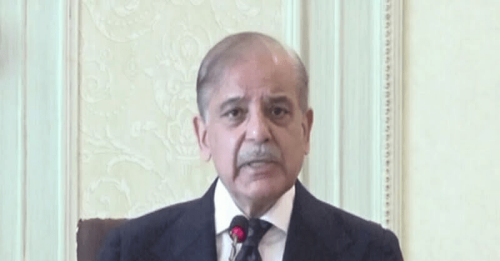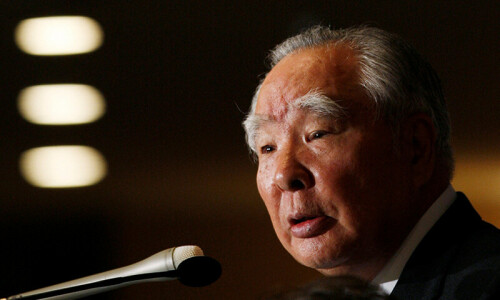
In 2015, the Whitney Museum in New York City was relocated to downtown Manhattan’s Meatpacking District, between the Hudson river and the High Line, a much talked-about elevated urban park. The art collection is housed in the new premises in a modern and hugely expanded glass-covered futuristic space, designed by well-known Italian architect Renzo Piano. I recently visited it, and discovered that the Whitney Biennial was taking place there. It is “the longest-running survey of American art since 1932.”
Titled ‘Quiet as It’s Kept’, the 2022 Biennial features a group of 63 artists and collectives whose dynamic works reflect the challenges, convolutions and opportunities of the American experience today. Delayed for a year by the pandemic, and with the inclusion of a few deceased artists, the show is exciting, and at the same time serious and thoughtful.
According to the statement by the curators David Breslin and Adrienne Edwards, they began planning this Biennial in late 2019: “Before Covid-19 and its reeling effects, before the uprisings demanding racial justice, before the widespread questioning of institutions and their structures, before the 2020 presidential election. Although underlying conditions are not new, their overlap, their intensity and their sheer ubiquity created a context in which past, present, and future folded into one another.”
It is not possible to write about the works in their entirety but I have selected a few to convey to the reader a glimpse into the diverse backgrounds and works of a few artists.
The 2022 Whitney Biennial expands the scope of ‘American’ art and is pieced together mostly by artists of Native American, African American, Latino and Asian descent
The paintings, Displaced Burial (1993, Acrylic on canvas) by Denyse Thomasos (born in Trinidad, died in NYC in 2012) are a distinct visual lexicon using overlapping lines that create a sense of chaos, and the intensity of events. His mono-colour paintings truly resonate with the viewer, as even though the artist was not alive during the Covid-19 pandemic, his simple yet intense works signify the claustrophobic conditions of confinement and isolation, which most people experienced across the globe during the pandemic.

In contrast is the colourful Wopila/Lineage (2021) by Dyani White Hawk of Native American ancestry. Her work is created by affixing loomed strips of thin glass bugle beads on to aluminium panels. Her art draws from the history of Lakota abstraction in beadwork, painting and quill work, a traditional form of embroidery using porcupine quills, thus weaving aesthetics and concepts from multiple yet intertwined histories. She
believes that “beauty is medicinal”. Her work, therefore, is an offering of beauty, simultaneously presenting critical dialogue aiming to “shift collective narratives toward truthful reflections of the complex history of this land base.”

Canadian artist Rebecca Belmore’s Ishkode (Fire) was created in 2021 with clay and thousands of empty bullet casings. The standing figure is fully draped in a sleeping bag and it calls attention to seemingly unending violence. In the artist’s own words, “We are makers, who destroy and make again.”
Dutch artist Ellen Gallagher’s two-panel canvas titled Ecstatic Draught of Fishes (2022, Oil, pigment, palladium leaf and paper on canvas) are multi-layered works with African tribal motifs, investigating the equivalents of slavery, colonialism and belief systems, in relation to oceanographic natural history.

All in all, the 2022 Whitney Biennial expands the scope of ‘American’ art. The enthralling exhibition, with an unobstructed view of Manhattan to one side and a perfect view of the Hudson river on the other, is pieced together mostly by artists of Native American, African American, Latino and Asian descent.
Whitney Biennial 2022 was on view from April 6-October 16, 2022 at the Whitney Museum in New York
Published in Dawn, EOS, November 6th, 2022















































Dear visitor, the comments section is undergoing an overhaul and will return soon.